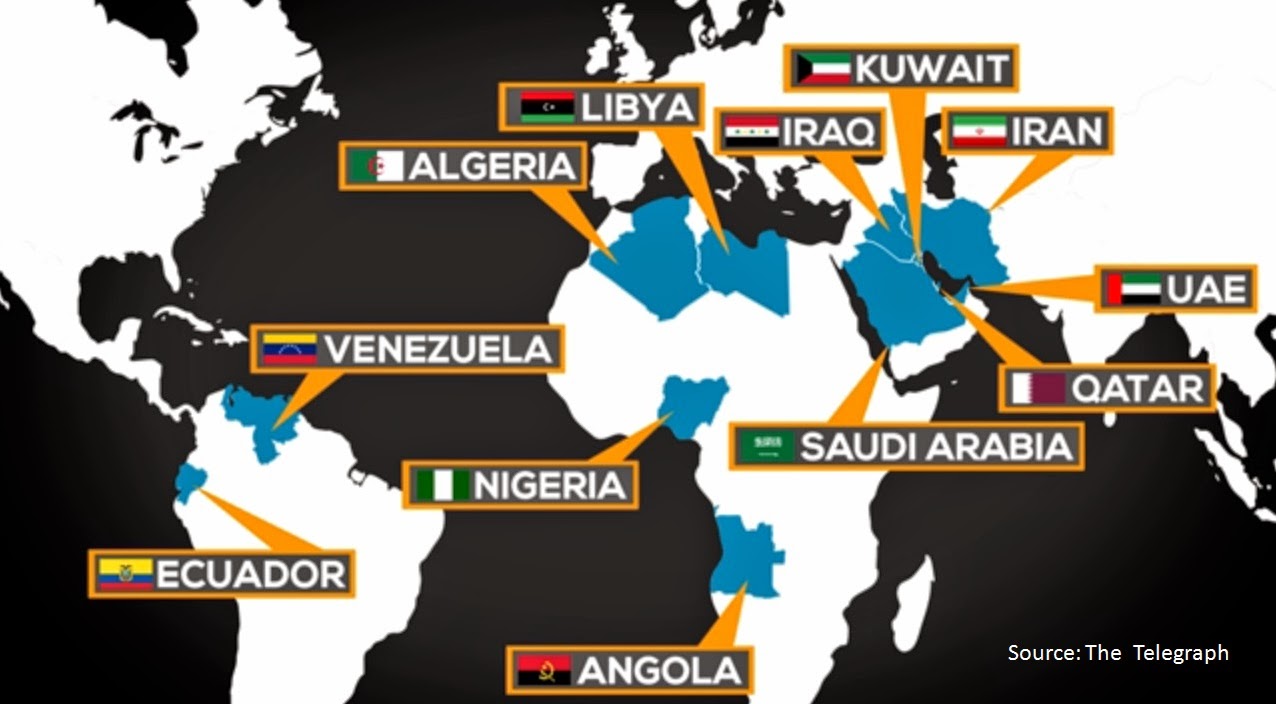IASbaba's Daily Current Affairs Analysis, IASbaba's Daily Current Affairs Dec 2016, International, UPSC
Archives
IASbaba’s Daily Current Affairs – 3rd December, 2016
ECONOMY
TOPIC: General Studies 3
- Indian Economy and issues relating to planning, mobilization of resources, growth, development and employment.
- Science and Technology- developments and their applications and effects in everyday life
Regulating the digital economy
- By 2016, the digital economy is likely to reach US$ 4.2 trillion in the G20 economies, more than 5 % of GDP.
- This projection, however, is dependent on the availability of fast fixed and mobile connections, secure cloud services, affordable devices, innovative apps and available content.
- Similarly, investment and innovation in the digital sector has generated enormous opportunities for the Indian economy.
- It has raised the economic and global profile of entire cities, created jobs and produced innovative technologies used and sold around the world.
- Today, it has become more important as India is trying to speedily switch over to a country-wide system of digital payments across sectors in a cashless economy.
What is digital economy?
- Digital economy means an economy that is based on digital computing technologies.
- It is also called the Internet Economy, the New Economy, or Web Economy.
- The terms ‘Digital Economy’ was coined in Don Tapscott’s 1995 book The Digital Economy: Promise and Peril in the Age of Networked Intelligence. The Digital Economy was among the first books to consider how the Internet would change the way business was done.
- Three main components of digital economy can be identified as
- Supporting infrastructure (hardware, software, telecoms, networks, etc.),
- e-business (how business is conducted, any process that an organization conducts over computer-mediated networks),
- e-commerce (transfer of goods, for example when a book is sold online).
- But, new applications are currently blurring the lines between these- for example, social media.
- However, digital economy is looked forward with a promising future with digital networking and communication infrastructures providing a global platform over which people and organizations devise strategies, interact, communicate, collaborate etc.
Challenges of digital economy
Internet services are growing at a massive rate, putting strain on existing infrastructure and business models. Two known challenges are:
- Spectrum
The world is possibly facing a ‘spectrum crunch’. It has been forecasted that 19 billion wireless devices will be in service by 2017 and mobile data traffic is expected to grow by 66 % annually. The increasing network density, is costly, time-consuming and will result in disruptions for consumers.
- Government engagement and regulation
The government has to set an overall strategy for digital infrastructure and manage key tradeoffs. One such key tradeoff for governments is the question of whether to provide high speeds for urban residents versus basic connectivity for rural residents.
In fast-moving industries, regulators struggle to keep up with market and technological developments.
Regulating the digital economy
- Though it brings number of benefits to economy, consumers, entrepreneurs and businesses, it has highlighted a number of new challenges for regulators.
- Recently, a conference co-hosted by the Competition Law Bar Association and the CCI revealed that the CCI recognises its critical role in encouraging innovation in this growing area of the economy.
- CCI recognises that in view of the low barriers to entry and high levels of innovation, companies at the top of an industry have to work harder to keep customers, who can easily switch their faithfulness to a better or cheaper competitor.
- This has been visible with Facebook overtaking MySpace and also rise of apps such as Whatsapp and Hike replacing SMS messages.
- In such a backdrop, it is necessary to examine how regulators outside of India have been examining the dynamic and fast-moving technology sector.
Understanding the changing dynamics
- The regulatory vacuum in which disruptive and ‘permissionless’ innovations are thriving on the internet is also creating concerns for the Indian government.
- Uber and Ola are two such examples where advances in smartphone technology have disrupted the entire taxi service industry, rendering their regulatory model perfunctory. How can regulators, faced with fast paced innovation, reimagine new rules for the future?
- The universal core principle is that regulators have to protect competition in their own jurisdiction, focus on domestic consumers rather than competitors and keep in view the economic development of the country.
- This may be the reason that tech progressive countries such as the US and Canada have taken a cautious approach to tech interventions.
- However, old and high-profile tech-related investigations continue in Europe. Others have documented Europe’s technology sector and concluded that it is far from thriving with many putting blame over-regulation.
- Hence, Indian regulators could be cautious about seeking European guidance on regulating the digital sector given Europe’s indifferent performance in tech.
- A recent analysis by The Economist showed that the US leads the world, followed by Asia and Europe is a distant third in market capitalisation of online platforms.
- At a time when Indian tech companies such as Flipkart, Zomato, MakeMyTrip, Yatra, Snapdeal, Justdial, Paytm, and others are growing and the economy is assured of an accelerated growth trajectory mainly due to the country’s technology sector, Indian regulators must be cautious in following Europe’s example in the regulation of its digital economy.
- The Indian government is working hard to encourage investment and bring rapid expansion in the technology sector.
- It is now incumbent on regulators to weigh the pros and cons of their actions against this objective and not rush into decisions that could jeopardise this growth.
IASbaba’s views
India’s market regulator is highly respected for what it has achieved within its relatively short existence. It has the potential to show the path to various developing economies, many of which are looking to India. Hence, India has to set a high standard in determining its regulatory mechanism for digital economy.
Also, the role of the private sector in regulation is significant as it is well positioned in the digital economy to increase awareness among consumers on the best practices required for the industry. Hence, government and private sector should create a co-regulatory framework to maintain the digital economy.
Regulation must be narrowly tailored and based on empirical evidence rather than a peremptory judgment of newer business models. Drawing lessons from international examples about what works and what doesn’t is equally necessary.
Connecting the dots:
- What is digital economy? Critically examine the importance of digital economy in contemporary world and the role of regulator.
INTERNATIONAL
TOPIC:
General Studies 2
- Effect of policies and politics of developed and developing countries on India’s interests
General Studies 3
- Indian Economy and issues relating to planning, mobilization of resources
OPEC oil output cut
The decision of cut in 1.2 million barrels per day in crude oil output by the Organisation of Petroleum Exporting Countries (OPEC), spearheaded by Saudi Arabia, reflects the failure of the latter’s strategy of protecting market share at the cost of falling prices.
The previous strategy was to make the shale oil industry in the US suffer which was fast emerging as a threat to the cartel. Yet, even after two years, shale oil producers have managed to survive falling prices. It was also able to bring down the break-even price steadily with aid from technology. This made the OPEC countries change their strategy.
Organisation of Petroleum Exporting Countries (OPEC)

Picture Credit: http://history105.libraries.wsu.edu/fall2015/wp-content/uploads/sites/7/2015/08/List_of_OPEC_countries.jpg
- OPEC is an organization consisting of the world’s major oil-exporting nations. Currently, there are 13 member countries (Gabon, Africa which recently joined in July 2016. Also, Indonesia terminated its membership on 30th November 2016.)
- It was founded in 1960 to coordinate the petroleum policies of its members, and to provide member states with technical and economic aid.
- OPEC has been gaining steady power and influencing the global oil market since the 1970s when OPEC had ~50% of market share in global crude oil production.
- High market share has also given OPEC the bargaining power to price oil above what prices would be in a more competitive market.
- This means OPEC has the ability to sway crude oil prices by increasing or decreasing production.
- But with US Shale market rising with increased domestic production, it started importing less oil. Thus, Saudi Arabia lost ~50% of its US customer base.
OPEC- Losing relevance?
- Saudi Arabia, the lead oil producer in the OPEC, has been badly hurt in economic terms by low oil prices and has thus taken the lead by offering to cut its output by half-a-million barrels per day. This has been first production cut by OPEC in eight years.
- It is a significant development and the effect of the decision on oil prices — which shot up 10% immediately — clearly signals that the cartel is alive and continues to be a force to count on within the market.
- But the fact remains that even after this cut, its daily output of 10.06 million barrels will be higher than the 9.5 million barrels per day that it was producing in July 2014 when the fall in prices began.
- Iraq was very reluctant to cut its output but even it has been persuaded to cut output while Iran has been permitted to produce at its pre-sanction levels.
The test of oil prices
- The first tests will be if OPEC members who are known for breaching their output caps will be able to stick to the production levels set for them.
- Countries like Venezuela and Algeria, whose small economies are in doldrums as they are smaller producers are highly likely to breach the output limit.
- The second test will be if non-OPEC members like Russia will support by cutting their own output. At present, Russia has agreed to cooperate with the OPEC decision and consider a freeze.
- However, just like smaller OPEC countries, Russia is known to break promises in the past and importantly, all its output is piped out, making it difficult for the cartel to monitor compliance.
- The third and final test for prices will be if and when the shale oil producers in the US get their rigs back in action. If that happens, there is low possibility of a rise in prices beyond the $60 a barrel mark. Currently, the US output is down by an estimated 100,000 barrels a day.
- The current bounce in oil prices is not sustainable and the best that OPEC’s cut will probably do is ensure that prices don’t plumb back to the depths of $30-35 a barrel.
Impact on India
- India is the fourth largest importer of crude in the world. It imports 85% of total oil and 95% of gas from OPEC nations. Hence, it has benefited highly from the low price regime. It was able to keep inflation under control and economy on growth path.
- But the recent OPEC output cut might raise prices and, therefore, subsidies, is the worry.
- However, experts say, a global crude oil price of $50-55 a barrel is comfortable for India as it is believed that prices are unlikely to climb above this.
- Also, an increase in price will be a boost for domestic exploration and production companies Oil and natural Gas Corporation, Cairn India and Oil India.
- The inventory drawdowns and the oil market are expected to come back into balance which will further push up prices. However, higher prices will also result in higher production from US shale, preventing prices from reaching levels last seen in 2014.
- The current subsidy burden on government is LPG and kerosene which is expected to remain below Rs. 30,000 crore in FY17.
- On the other hand, the sector is providing excise revenue in excess of Rs. 160,000 crore to the government, a net contributor to the fiscal situation.
- As petrol and diesel are out of the subsidy burden, under-recoveries on both domestic LPG and kerosene came down to Rs. 27,571 crore in 2015-16, from Rs. 76,285 crore in 2014-15.
- According to the government’s Petroleum Planning and Analysis Cell, under recovery on kerosene with effect from December 1 will be Rs. 10.51 a litre, as against Rs. 12.25 a litre in the first fortnight of October.
- Cash transfer to the customer under Direct Benefits Transfer of LPG (DBTL) will be Rs. 151.29 a cylinder, of which Rs. 123.17 will be cash compensation by government and Rs. 28.12 by the oil marketing companies (OMCs).
Connecting the dots:
- Why OPEC oil production cut is a significant decision for world oil production? How will it affect India’s economy? Examine.
MUST READ
A dampening of economic activity?
Wild silk protein helps in faster, scar-free healing of wounds
Order on national anthem shows what is wrong with the Court
Section 377: A legal incarnation of travesty
Banks need better internal watchdogs
India skips plastic money, leapfrogs into mobile wallet payments











